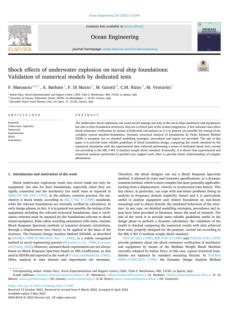Vessel design, maintenance, & management 2018 - now



Author: Cdr (Dr) Nitin Agarwala
This paper discusses the developments made for the
dynamic positioning system over the years and traces the
evolutions that are helping in the conceptualization of
autonomous ships.

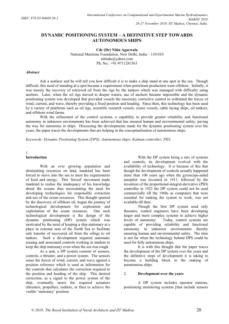

Authors: Anil Kumar D, Manoj C V, Hariprasad S A,
Rakshith D, Poornachandra N U, & Mahalakshmi P
This paper discusses the control algorithm for precise track
keeping even in the presence of sea disturbances.

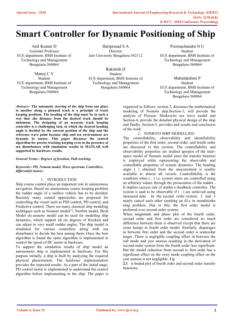

Author: Hamid Zeraatgar, M. Hossein Ghaemi.
Many research works and related industries currently
address the reduction of greenhouse gas emissions in
shipping. There are many existing and visionary
technologies and ideas, which are conceptually defined
or practically realized. This goal can be achieved in
different ways, and reducing fuel consumption is one of
the effective methods. In these circumstances, this study
aims to analyze the possibility of fuel consumption
reduction by using an alternative control strategy
for low-speed marine diesel engines that would consider
the interactions between hull, propeller, and main
engine.

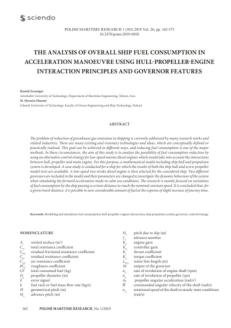

These Guidelines deal with invasive plants, animals,
disease agents, and other organisms in marine,
freshwater, and terrestrial environments and their impacts
on the environment, biodiversity, ecosystem services,
human health, economies, and society. All of the main
thematic areas and their objectives are required to
manage the invasive species threat comprehensively.
These Guidelines reflect and are compatible with relevant
international conventions and standards and are intended
to assist planners and practitioners in meeting accepted
standards and best practices.

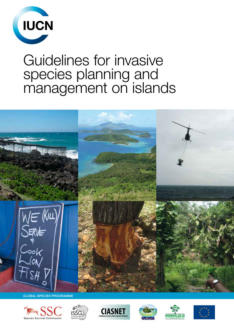

Author: New Zealand Government
This Craft Risk Management Standard (CRMS) specifies the
requirements for management of biofouling risk
associated with vessels (sea craft) that are entering New
Zealand territorial waters.

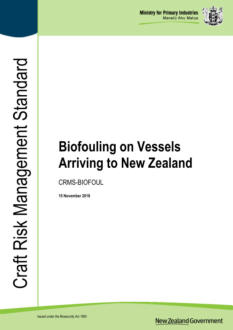

Author: New Zealand Government
This guidance document provides best practice guidance,
information and recommendations to help operators and
persons in charge of vessels to meet the requirements of
the Craft Risk Management Standard (CRMS) for
Biofouling on Vessels arriving into NZ (referred to in this
document as the “biofouling standard”).

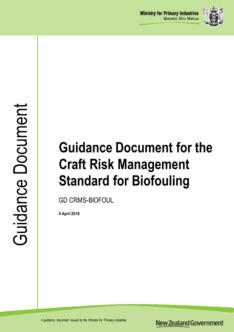

Author: Government of new Zealand
The IMO (International Maritime Organisation) (2011)
Guidelines for the Control and Management of Ships’
Biofouling to Minimize the Transfer of Invasive Aquatic
Species contain examples of current best practices.
Following these will be considered as compliance with
New Zealand’s requirements. The guidelines include
that vessels should have a vessel-specific biofouling
management plan (notably including a hull
maintenance program), documentation, inspections
and antifouling systems, a record of actions under the
plan, and, where relevant, design and construction to
reduce areas prone to biofouling growth.

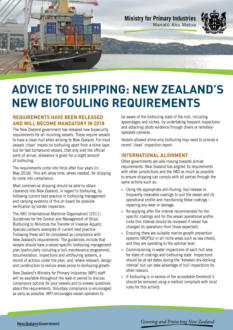

Authors: B.T. Watermann & K. Broeg for the European
Regional Devellopment Fund.
Due to its characteristics as a semi-enclosed brackish water
sea with a shallow connection to the North Sea and
heavy maritime traffic, the Baltic Sea already faces strong
anthropogenic pressures and impact. Effects are, besides
others, eutrophication, pollution with hazardous
substances, and the introduction of invasive species. Thus,
this Best Practice Guide aims at providing information and
guidance for effective biofouling management strategies
suitable for the Baltic Sea Region based on international
and regional experiences and research.

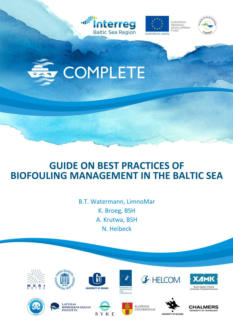

Authors: Pedro Almeida Vinagre, Teresa Simas, Erica Cruz,
Emiliano Pinori, & Johan Svenson.
Abstract:
Biofouling is a significant problem shared among all
maritime sectors employing submerged structures where
it leads to substantially increased costs and lowers the
operational lifespans if poorly addressed. Insight into the
ongoing processes at the appropriate marine locations is
key to effective management of biofouling. Of specifc
concern for the marine renewable energy (MRE) sector is
that information on biofouling composition and
magnitude across geographies is dispersed throughout
published papers and consulting reports. The present
work describes a European biofouling database to
support the MRE sector and other maritime industries to
enable rapid access to relevant key biofouling events.

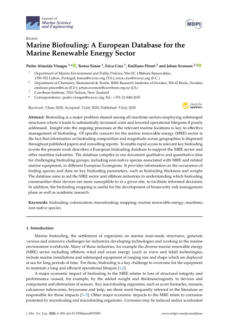

Published by the Institute of marine engineering, Science
& technology, & the International paint and printing ink
council.

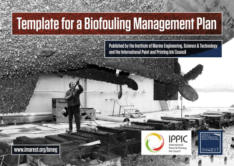
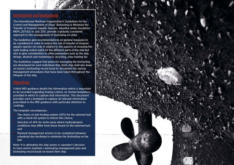


This Guide outlines the ABS requirements for the design
and survey of accommodation modules installed
onboard ABS-classed Mobile Offshore Drilling Units
(MODUs), and Mobile Offshore Units (MOUs),
Offshore Installations (fixed or floating), Steel Barges, and
Steel Vessels. The Guide may be voluntarily
applied to other type of portable modules.

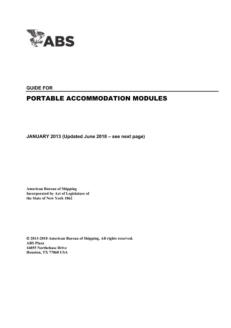

This Guide sets forth requirements for the optional
underwater noise notation UWN (Type) and UWN+
(Type). It is applicable to self-propelled commercial and
research vessels.

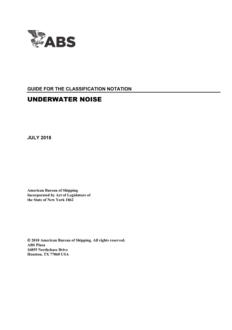

This Rule Note gives the certification scheme of materials
and equipment (products) intended to be fitted on board
units to be classed or classed with the Society in
accordance with the relevant requirements of the
Society's rules for classification.

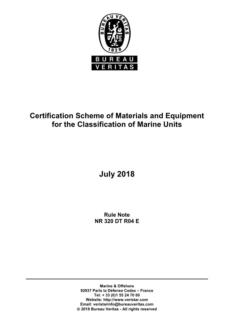

The Classification process consists of:
a) The development of Rules, Guides, standards and other
criteria for the design and construction of marine vessels
and structures, for materials, equipment and machinery,
b) The review of design and survey during and after
construction to verify compliance with such Rules,
Guides, standards or other criteria,
c) The assignment and registration of class when such
compliance has been verified, and
d) The issuance of a renewable Classification certificate
with annual endorsements valid for five years.

- 2020
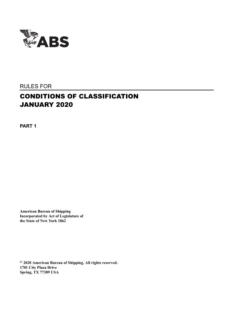


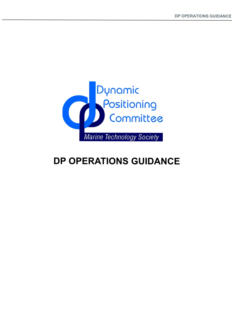

Requirements of these Rules are applicable to crew boats
of less than 500 GRT, with hull made of steel, aluminium
or composite materials, and proceeding in the course of
their voyage not more than four hours at operational
speed from a place of refuge.

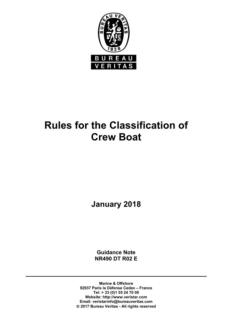

This Rule Note covers ships able to sail in planning mode
in adapted sea state at high speed (light ship), or in
planning mode in adapted sea state and speed, and in
displacement mode otherwise (bi-mode ship), or in
displacement mode only (conventional ship).

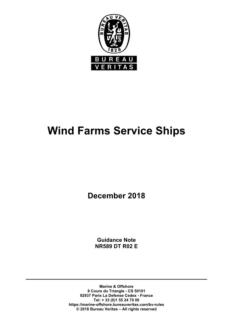

Author: Alam Baheramsyah, Juniarko Prananda, Darwin
Setiyawan
A limitation of freshwater supply in a lifeboat during sea
survival situation caused by a ship accident could
endanger survivor’s life. An availability of freshwater is
critical for people to survive during search and rescue
time. Therefore, it is very important to have a device that
can produce freshwater continuously in a lifeboat.

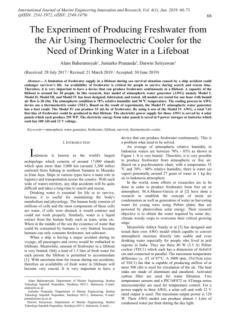

Authors: Victor A. Dubrovsky
Some civil engineers apply the pre-stressed structures for
notable decreasing of structure mass.
Such structure consists of two parts: usual structure from
usual material and added details for high-tensile material,
usually ropes, which pre-stress the main structure.

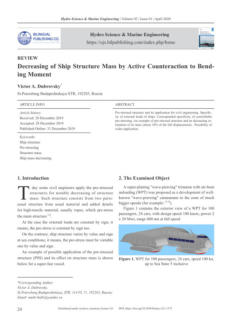

Authors: Luofeng Huang, Sasan Tavakoli, Minghao, Azam
Dolatshah, Blanca Pena, Boyin Ding, and Abbas
Dashtimanesh
The launch of lifeboats is commonly completed through
freefall dropping from a considerable height, where the
lifeboat is released from an inclined skid so that it can
obtain a forward speed after being launched. The drop is
followed by a water entry process that can induce high
impact forces on the hull, which gives a significant risk of
structural damages. Ascertaining the water entry impact is
therefore a key step of lifeboat design.

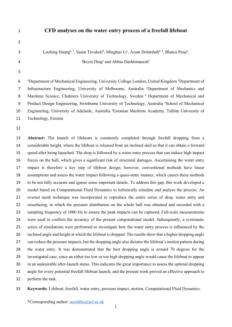


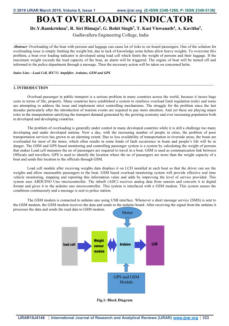

Authors: Dawud Shibghotulloh, Samsul Maarif, Eko Adhi
Setiawan
The boundary of this research is to calculate the average
cost of energy from boat lighting to energy sources using
the homer simulation method. The purpose of this study is
to compare the energy consumption generated by
electric boat (e-Boat) and conventional fishing boats.

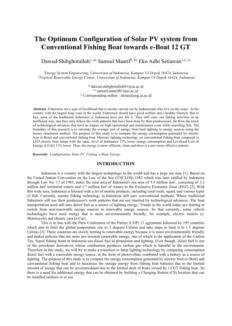

Authors: Ulanbek Auyeskhan, Namhun Kim, Chung, Soo
Kim, ran Van Loi, Jihwan Choi, Dong-Hyun Kim
The design freedom provided by Additive Manufacturing
(AM) enables the part consolidation (PC) of sophisticated
mechanical assemblies. However, PC has been mainly
performed for static components in assemblies with
nonmoving parts. In this regard, a new approach to
assembly-level Design for Additive Manufacturing (A-
DfAM) considering an industrial lifeboat hook assembly
with a functionally dynamic system is proposed

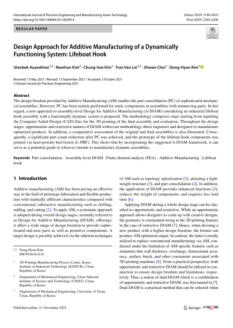


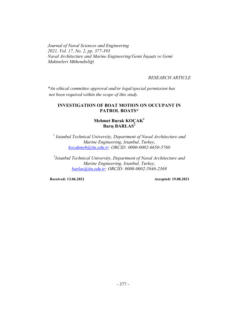

Authors: Haiwen Tu 1, Lin Mu, Kai Xia, Xiaodi Wang, and
Kui Zhu
The lifeboat is one of the most important life-saving
equipment for escaping at sea when a ship is abandoned
in an extreme emergency. An accurate drift model can
help rescuers find the drift position of the lifeboat in the
shortest time, thus improving the efficiency of marine
search and rescue (SAR) at sea and ensuring the safety of
wrecked people. The purpose of this paper is to
investigate the drift characteristics and to develop an
accurate drift prediction model for the open lifeboat.

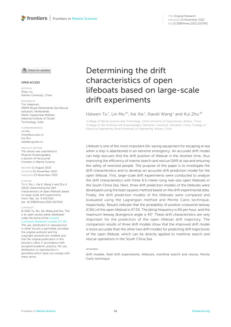

Publisher: Oil management International Marine Forum
Unsafe events in the offshore marine industry have
indicated that deck cargo operations pose a high safety
risk with the following main contributing factors:
• Large amounts of water on deck (green water).
• Unsecured cargo on deck.
• Personnel in the line of fire.
• Lack of combined operations communications.
These events highlight the need to provide guidance and
align stakeholders across the industry to increase safety,
which is the purpose of this document.

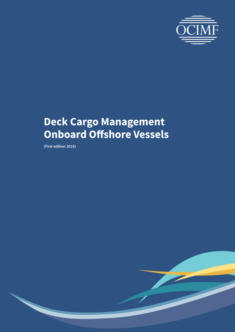


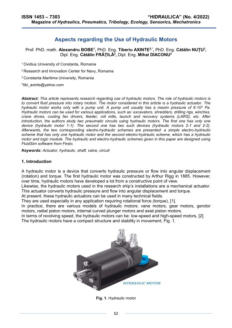

Publisher: International Maritime Organization (IMO)
Abstract:
The Maritime Safety Committee, at its 102nd session (4 to
11 november 2020), having considered a proposal by the
Sub-Committee on Ship Design and Construction, at its
sixth session, and recognizing the importance of
inspection and maintenance of mooring equipment
including lines, approved the Guidelines for inspection
and maintenance of mooring equipment including lines,
as set out in the annex.

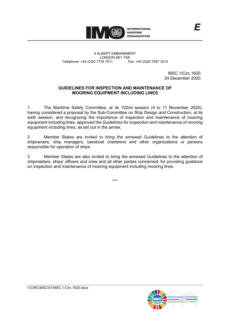



Authors:
Heikki A. Nurmi, Cunming Yu, Dmytro Toptunov, Robin
H.A. Ras, and Ville Jokinen
Friction reduction is typically done by lubrication with
petroleum-based oils, while technology focus is shifting
toward environmentally-friendly green lubrication. Lowest
friction coefficients with water-based lubrication have
previously been achieved with smooth surfaces such as
silicon carbide and silicon nitride or polyzwitterionic
polymer brushes. This document describes a novel
concept for green lubrication using a bilayer of water and
ambient air acting as the lubricant between a hydrophilic
and superhydrophobic surface.

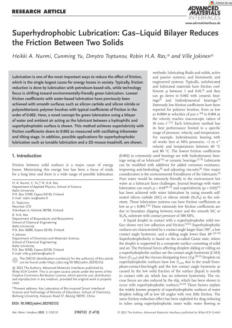

Authors:
Conghui Duan, Jianping Yin, Zhijun Wang, Zhiwei Hao
To study the impact of shallow water explosion shock
waves on a ship and the overpressure distribution law
under different burst points and different explosive
quantities and charge, the TNT column bare charge is
selected, based on LS-DYNA nite element software; the
underwater explosion model is created, and the
numerical simulation study of underwater explosion
under different burst points is carried out, and the
correctness of the nite element model is verified by
comparing with the empirical formula.

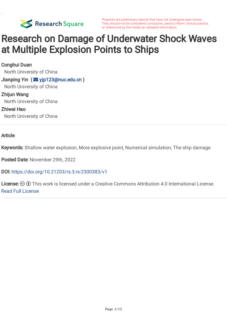

Authors: Alpaslan Tatlısuluoglu, Serdar Beji)
Underwater explosions that threaten the hull integrity and
proper operation of navy ships’ systems and subsystems
are considered from the viewpoint of damage estimation.
The commercial code LS-DYNA with the Arbitrary
Lagrangian-Eulerian numerical technique is used to
analyze the shock effects on structural components of a
ship-like form for three different scenarios. Computed
maximum permanent deformations are matched with the
corresponding keel shock factor (KSF) values for searching
a functional relationship of a linear form.

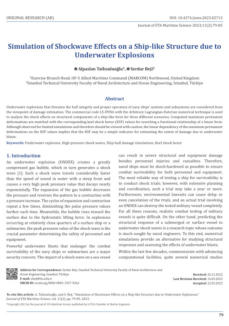



Click on the
octopus to return to
the top of the page

Authors:
Sergiy Rogalsky , Olena Moshynets, Oleg Dzhuzha,
Oksana Tarasyuk, Anastasiia Hubina, Alina Madalina
Darabut, Yevheniia Lobko, Iryna Morozovska, Oleksandr
Protasov, Jean-Francois Bardeau
This document details a novel water-insoluble cationic
biocide that has been assessed as a prospective
antifouling agent for commercial alkyd paint.

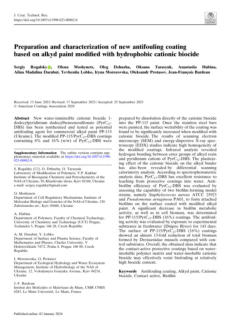
Publisher: Bureau Veritas
This document defines the process within the scope of
classification of ships fitted with wind propulsion systems.
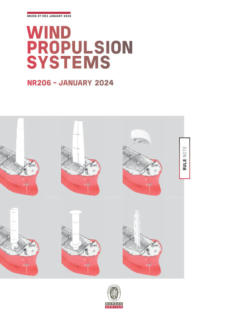
Authors: Dr.Y.Ramkrishna, R. Siri Himaja, G. Rohit Singh, T.
Kasi Viswanath, A. Kavitha
Overloading the boat with persons and luggage can
cause a lot of risks to onboard passengers. One solution
for the overloading issue is simply limiting the weight, but
due to lack of knowledge, some helms allow heavy
weights. To overcome this problem, a boat overloading
indicator is developed using a load cell, which limits the
weight of persons and their luggage. If the maximum
weight exceeds the load capacity of the boat, an alarm
will be triggered. The boat's engine will be turned off, and
informed to the police department through a message.
Then, the necessary action will be taken on the
concerned helm.
Authors: Baris Barlas
Occupants in high-speed patrol boats are subject to
impact forces due to various boat motions. These impact
forces should be precisely calculated and accounted for
when designing seats for occupants. Hull design and
cruising speed are the most critical parameters that cause
shock and impact on the boat during the journey. In
addition, seat design and material also have a major effect
on the impact level sensed by the occupant. This study
uses Altair software (Hypermesh and Radioss) to build a
sample Computer Aided Engineering (CAE) seat and
occupant model for patrol boats.
Authors: Alexandru Bobe, Tiberiu Axinte, Catalin Nutu,
Catalin Fratila, Mihai Diaconu.
This article discusses the use of hydraulic motors to
convert fluid pressure into rotary motion. Hydraulic motors
can be used for various applications, such as excavators,
shredders, drilling rigs, winches, crane drives, cooling fan
drivers, feeders, roll mills, launch and recovery systems
(LARS), etc. The authors also study two pneumatic circuits
using hydraulic motors.
The DP Committee is a non-profit organization that
promotes a greater international understanding of
Dynamic Positioning and related issues.
The documents published by this organization should be
considered references.
They can be accessed by clicking on the following links:
Website:
https://dynamic-positioning.com/about-us/


Authors: Panpan Zhang, Lin Wu, Lifeng Bao, Bo Wang,
Hui Liu, Qianqian Li, and Yong Wang
This study discusses the effectiveness of gravity
disturbance compensation in improving the positioning
accuracy of high-precision inertial navigation systems
(INS). It investigates the error and frequency characteristics
of INS caused by gravity disturbances and introduces a
method for implementing gravity compensation using
data from a high-precision satellite altimetry marine gravity
field model. The results demonstrate the impact of gravity
disturbances on INS performance and confirm the
effectiveness of the proposed compensation method
through dynamic shipborne testing, showing a significant
improvement in positioning accuracy.

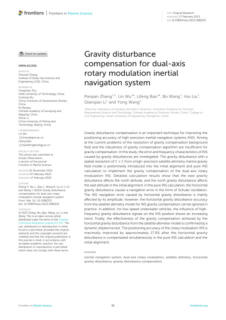

Authors:
Menelaos Zetas, Sotirios Spantideas, Anastasios
Giannopoulos, Nikolaos Nomikos and Panagiotis Trakadas
This study proposes a new approach to Smart Shipping
(SMS) in the maritime sector to address the challenges
associated with conventional centralized learning
schemes by introducing a joint adoption of Federated
Learning (FL) principles and the Over-the-Air computation
(AirComp) wireless transmission framework. It describes
the mathematical considerations, communication network
enhancements, and workflow of the proposed
FL/AirComp scheme. It also evaluates the performance of
this methodology.

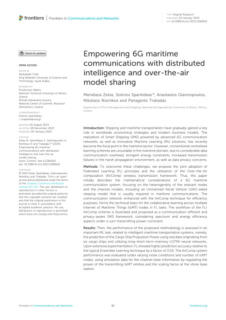

Authors:
F. Mannacio, A. Barbato, F. Di Marzo, M. Gaiotti, C.M.
Rizzo, M. Venturini
This text discusses the challenges and methodologies
related to verifying shock resistance in naval ship
foundations to provide guidelines for shock foundation
design by comparing numerical simulations with
experimental data, highlighting the importance of using
both approaches to enhance understanding of complex
phenomena.

